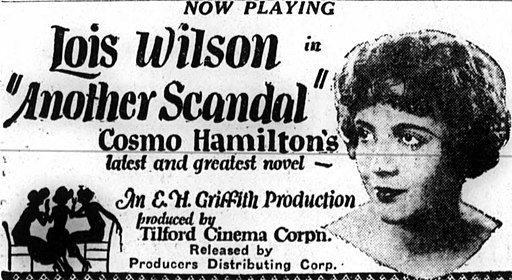
“Today,” Lt. Colonel Joe Plenzler (USMC, retired) writes at Military.com, “the military needs only about 160,000 youth from an eligible population of 30 million to meet its recruitment needs. But after two decades of war — both of which ended unsuccessfully — and low unemployment, many experts believe the all-volunteer force has reached a breaking point.”
Plenzler suggests a “limited” military draft to make up for recruitment quota shortfalls. “We should have our military recruiters sign up new troops for 11 months out of the year,” he writes, “and then have the Selective Service draft the delta between the military’s needs and the total number recruited.”
As a practical matter, Plenzler’s proposal “solves” an artificial problem that needn’t and shouldn’t exist. The US armed forces are far too large and far too expensive if their purpose is “national defense.” If they were cut by 90%, the risk of a significant foreign attack on the US would remain the same as now — virtually non-existent, and mostly a matter of air and missile defense. Stop trying to rule the world militarily. “Problem” solved.
As a legal matter, the 13th Amendment to the US Constitution remains the Supreme Law of the Land: “Neither slavery nor involuntary servitude, except as a punishment for crime whereof the party shall have been duly convicted, shall exist within the United States, or any place subject to their jurisdiction.” While the government and its courts have a long history of ignoring that unambiguous ban on conscription.
Which brings us to the most important consideration: Where Plenzler’s proposal falls on the moral axis.
The aforementioned 13th Amendment, while obviously applicable to military conscription, was proposed and ratified on the premise of outlawing chattel slavery.
Plenzler suggests returning to that evil and immoral practice: “We should hire cotton pickers 11 months out of the year, then enslave as many additional people as needed to get the crop in.”
Three swings (practical, legal, and moral), three misses. If policy proposals are like baseball, Plenzler strikes out.
Unfortunately, policy proposals aren’t like baseball. The same awful ideas come back around periodically, and no matter how many times they strike out they never get cut from the team. Occasionally they get a base hit — and we get an extended military debacle like the war in Vietnam.
No matter how many turns at bat we allow it, a bad idea remains a bad idea. And Plenzler is preaching an irredeemably evil idea.
Thomas L. Knapp (Twitter: @thomaslknapp) is director and senior news analyst at the William Lloyd Garrison Center for Libertarian Advocacy Journalism (thegarrisoncenter.org). He lives and works in north central Florida.
PUBLICATION/CITATION HISTORY


